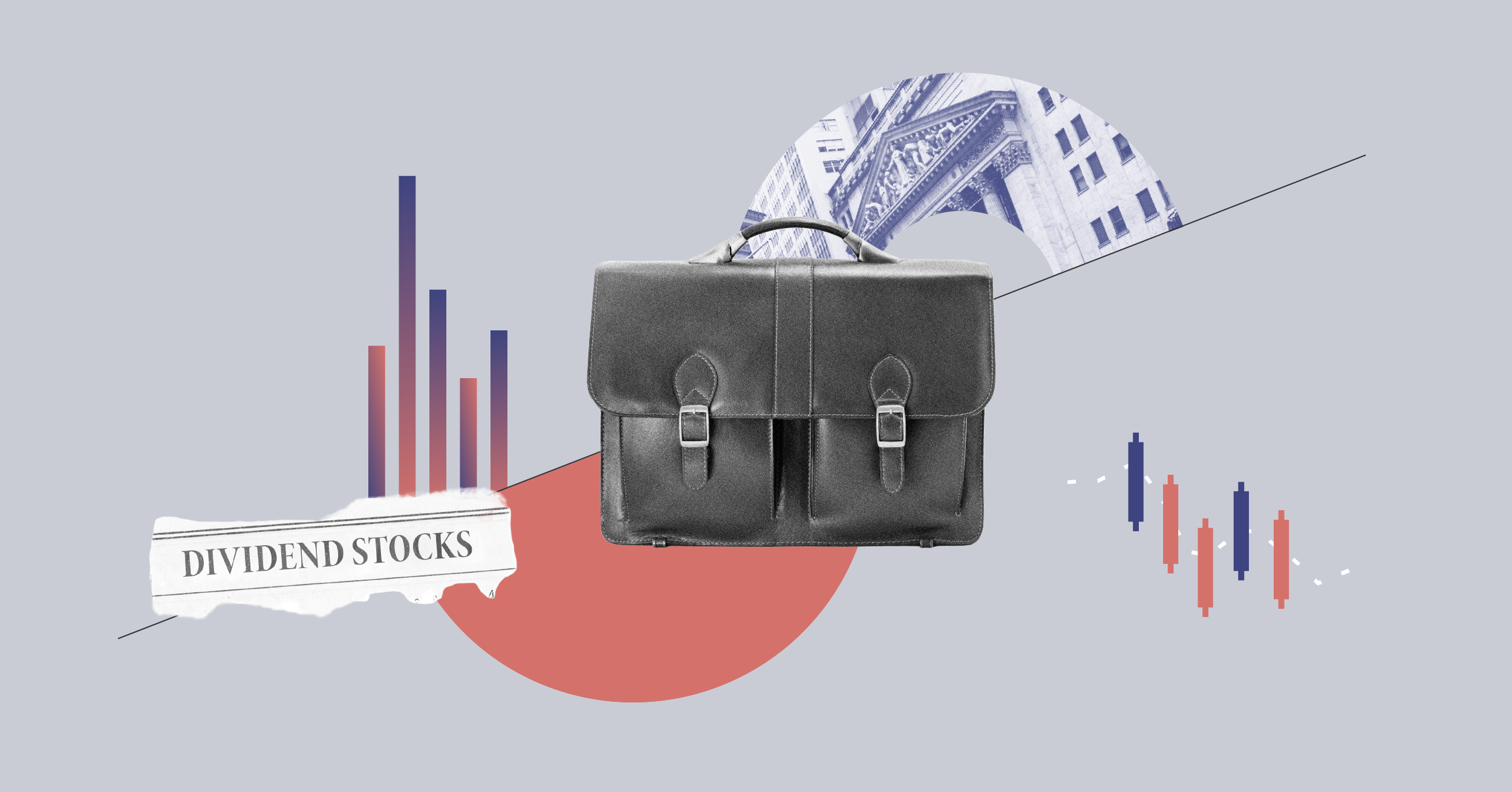In the July edition of his Global Investment Strategy, Andy Brunner, Head of Investment Strategy at OBSR, a Morningstar company, reviews the macroeconomic environment of the past month and assesses investors' options across the asset class spectrum.
Economic & Financial Market Background
What a difficult month for investors. It began with a constant flow of poor economic news, particularly from the U.S. and to a lesser extent China, that again raised doubts that the U.S. economy was capable of successfully transitioning from a public sector driven recovery to a private sector led sustainable expansion, thereby increasing the risk that the global economy might stall.
That U.S. economic official and survey data was weakening was no great surprise, as the key causes--the effects of higher gasoline prices cutting into real incomes and the impact on manufacturing and consumption from supply chain disruptions following Japan’s disasters--were well known. It was the pace of change, however, that rattled commentators, resulting in U.S. economic surprise indicators falling to levels last witnessed in 2009 and leading to another round of cuts to U.S. GDP estimates for both the second quarter and the full year. Growth forecasts were also under pressure elsewhere, with some of the more sizeable downwards revisions in the U.K. The following table shows the latest GDP forecast for the main countries and geographic areas:

As if economic growth concerns were not enough to cope with, they were accompanied by the escalating debt crisis in Greece. This had reached the point (near-30% 2 yr Greek bond yields and with EU governments, the ECB and IMF in major disagreement) where many feared a near term debt default, with all the attendant disastrous consequences for the European banking system that could plunge the world back into financial chaos. A new EU/ECB/IMF rescue package was needed together with the Greek authorities agreeing new austerity measures and state asset sales. Without this, Greece faced the prospect of running out of funds during July as the next IMF disbursement was conditional upon the passage of the bill through parliament.
Faced with this deteriorating environment and a daily media headline diet of doom and gloom, investors became increasingly risk averse selling riskier assets such as equities, high yield bonds, commodity currencies and certain commodities while piling into the safe havens of government bonds (sic), the Swiss franc and the yen. At its worst the MSCI World Equity index (WEI) had fallen by just over 5%, with cyclical stocks falling significantly more as defensives were sought, while U.S. 10 yr Treasury yields fell to a low of 2.86% and the Swiss franc rallied some 4%.
Then it stopped raining and the sun came out. On the economics front, Japanese economic data pointed to a V-shaped recovery being underway, the most recent U.S. manufacturing surveys rose (instead of falling as forecast), the Chinese premier told the world that China was “fully capable of sustaining steady and fast economic growth” while at the same time stating “we are confident price risks will be firmly under control this year”. The International Energy Agency also played a part by offering 60 million barrels of oil to the markets in order to avert the threat of a further spike in oil prices to protect the “fragile global economic recovery”.
As for the eurozone debt crisis, the Greeks averted a default (for now) by passing the austerity package into law, enabling further IMF funding, while the eurozone finance ministers indicated they would likely be able to finalise a new bailout package, including private sector voluntary participation, in July. So, in the week to 1st July, equities soared and in one fell swoop the WEI recovered more than 60% of the losses during the correction of the previous seven weeks, 10 yr U.S. bond prices retraced more than four points--nearly all of the gain since the end of April, while the euro appreciated 4% against the Swiss franc.
After all the volatility the WEI had lost 1.8% over the month but by the close on July 4th was only marginally below the end-May level, while bond returns were negative! Looking beneath the headline moves it is interesting to note that there were far fewer signs of panic than the headlines would have suggested. The VIX index, for example, rose only modestly to 23 at the lowest ebb for equity markets, compared to 45 in the initial phase of the eurozone crisis in May 2010, while short-term money market risk spreads never wavered either, unlike last year. Gold failed to reach a new high during the month, while the copper price hit its low in May along with the U.K. mining sector’s relative.
Let’s be clear though, while the short-term news flow has improved, it is essential for U.S. employment not just to grow strongly but be maintained at higher levels to ensure a sustainable U.S. expansion. The Chinese economy has yet to turn and the eurozone debt crisis is as far from being resolved as ever. All these and other potential sources of market turmoil, such as the U.S. debt ceiling issue, are likely to ensure investors are forced to continue to scale the “Wall of Worry”. While the balance of risks favours a cautiously optimistic view, there is little doubt risks to economic recovery and the financial markets have increased in recent months.
Our Latest Asset Allocation Views
Equities: Equity markets have rallied in recent days as a number of the main issues worrying investors have receded to varying degrees. Resolution is another matter, however, and this is a relief rally. The macro-outlook remains the same, with debt-constrained developed economies struggling to grow while the emerging world is still trying to subdue inflation in overheating economies. Fortunately, the corporate sector is in rude health and equity valuations and risk premiums are at levels typically seen only during crisis periods. While some of these immediate and longer term issues can sometimes appear overwhelming, from a medium term perspective monetary policy will remain extremely accommodative, global growth is forecast to continue expanding at an above trend pace while corporate profits should grow at a double digit pace at a time of relatively low valuations. Despite elevated risks, we still believe this is a cyclical bull market that has further upside and equities should benefit from improving macro visibility as the year progresses.
There is little to choose between the main markets, with expected returns from the geographic areas not too dissimilar but U.S. equities will likely continue to set the trend. The key risk to emerging markets is the inflation outlook, although this should ease in the second half and investors are likely to benefit from gains in both local equity markets and currency appreciation. Investors should favour good value, growth stocks, and high yielders with strong balance sheets and companies with exposure to growth markets. From today’s levels, gains over the rest of the year should still outpace those from most other asset classes but an ability to withstand volatility is essential and “tail risk” hedging is strongly recommended in today’s more uncertain investment climate.
Bonds: We retain a long-term negative view on government bonds but have consistently noted that the rise in yields would be uneven and intermittent, sizeable rallies should be expected. Recent data reports showing a loss of U.S. economic momentum caused such a rally but, if the U.S. economy develops during the second half, as the consensus expects, 10 yr yields should head into a higher range. Relatively, corporate bonds are better value and should outperform governments but they are a source of higher income rather than sustainable capital gains. Riskier credits in the U.K. offer the potential for higher returns, with some further narrowing in spreads expected, but those in the U.S. are now more fully valued and will widen should growth concerns return.
Property: After such a strong yield impact-led recovery in capital values the pace of advance in the UK property market has slowed to a crawl. The weight of money chasing high quality properties generated a near boom and prime yields offer limited upside. With banks now becoming keener to supply the market with portfolios of properties from their involuntarily built stockpiles and lower levels of investor interest at current prime yield levels, this should inhibit capital value gains. Selectivity is important and Central London, especially offices and retail, remains the favoured area. With yields still in excess of 3% above 10 yr gilts for even some prime properties, the sector should still outperform both cash and government bonds. Property stocks are still preferred to direct property.
Commodities: Predicting commodity returns is always difficult given the very broad spread, high volatility and problems associated with rolling over futures contracts on returns. Weaker growth in China and the U.S. and a slowdown in industrial production halted the general rally in industrial metals prices but, as the macro fog clears over the next several months, likely demand trends for supply-constrained metals should push prices higher with copper and zinc favoured. Gold has fallen from grace somewhat as both inflation and Greek sovereign risk fears have eased a little of late, but, given longer-term uncertainties, is unlikely to fall too far. The oil price quickly stabilised following the IEA announcement and the market should remain in balance for much of the rest of the year. Thereafter, further OPEC supply will be necessary to keep prices in check. Even so, commodity markets are highly speculative, generally being relatively small markets driven by huge new money flows as investors increase current low exposure to the asset class. Particularly in the case of industrial metals, this is often irrespective of prices being well above the cost of production. From a long-term perspective this is probably a one-way--albeit volatile--bet, as continuing strong growth in the emerging world and rising living standards will ensure this limited supply of resources such as energy, metals and crops will be under pressure from secular growth in global demand.
Currencies: As ever currencies remain extremely volatile and difficult to predict. In the near term risk trades are being reactivated just as many were positioning defensively for the third quarter and this should push commodity currencies higher. Sterling broke down through long-term support levels and unfortunately still has little to recommend it. None of the main crosses look particularly out of line, however, and recent EUR/USD JPY/USD trading ranges may prevail over the next few months. The emerging markets/commodity currencies remain the preferred choice on a long-term view.























